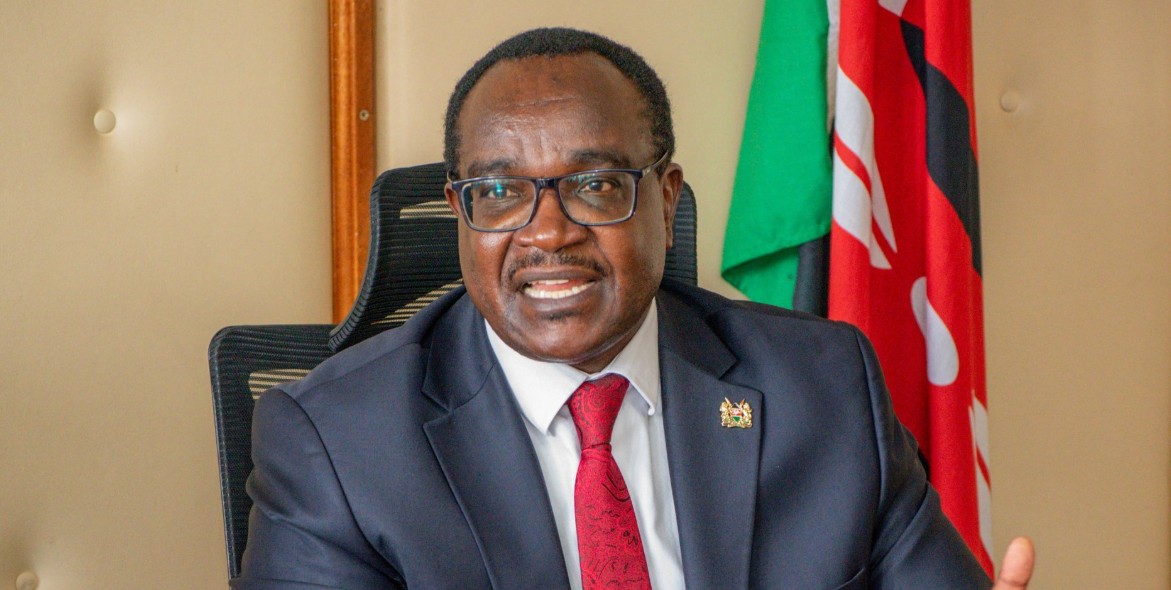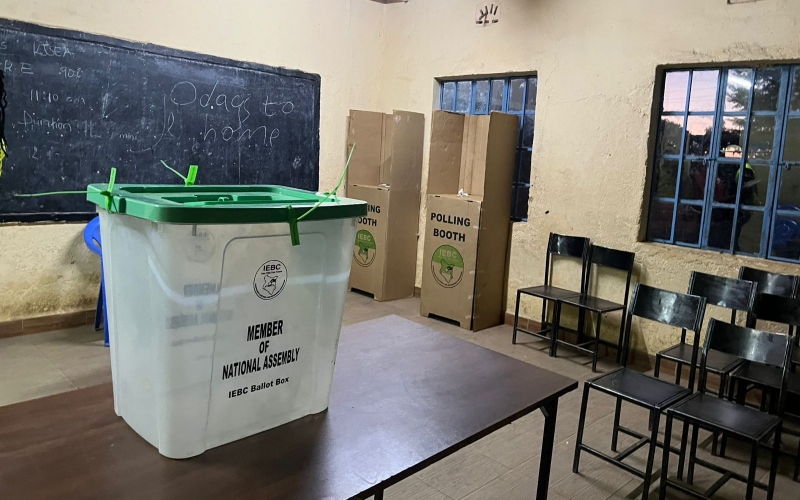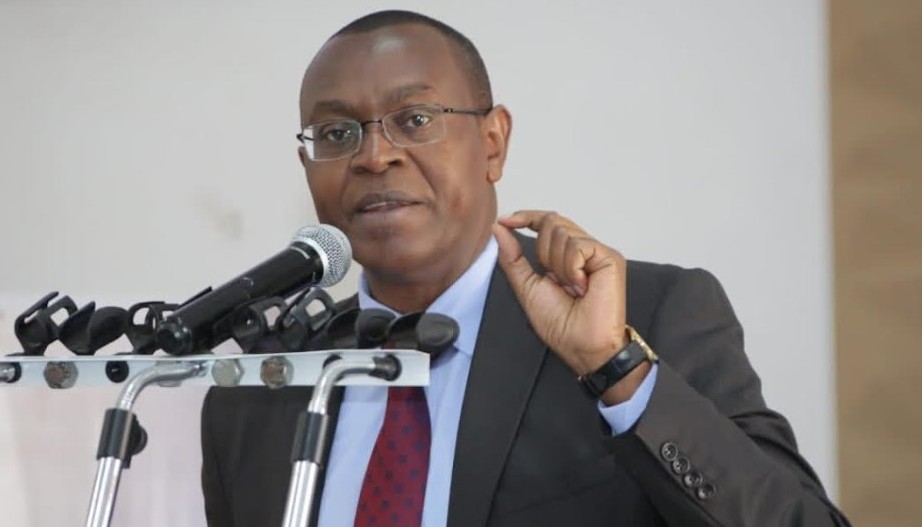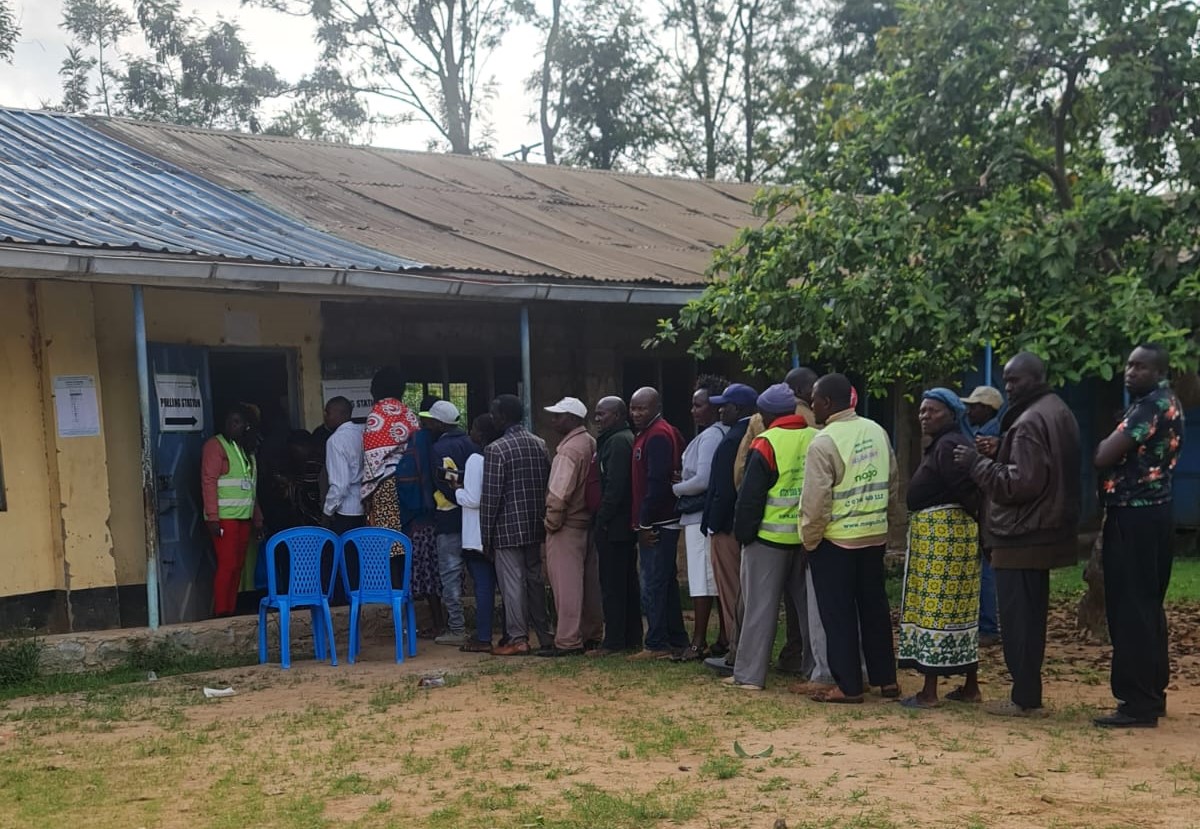Government unveils reforms to tackle financial woes, strikes in public universities

The report lists Kenyatta University, the University of Nairobi, and Jomo Kenyatta University of Agriculture and Technology as having the highest debt loads.
The government has launched a plan to address the financial troubles that have long burdened public universities, triggering regular strikes and operational difficulties across the sector.
Education Cabinet Secretary Julius Ogamba told the Senate that the reforms are aimed at creating long-term financial sustainability while improving the welfare of university staff.
More To Read
- Private universities demand Sh58.8 billion in unpaid tuition fees from government
- Koitaleel, Maasai Mara universities under fire over missing records, unapproved payments
- KEPSA calls on Parliament to enact reforms to stabilise public universities after 49-day lecturers’ strike
- Govt announces measures to resume learning in universities after 49-day lecturers' strike
- MPs outraged as Education CS reveals Sh1.1 billion paid to ghost students in public schools
- CS Ogamba renews call for university staff to resume work
He said the government is prioritising the full implementation of collective bargaining agreements and raising staff salaries as part of efforts to prevent further industrial actions.
“The university sub-sector has faced various challenges in recent times, largely due to financial difficulties,” Ogamba said.
At the heart of the reform is a student-centred university funding model, which has replaced the older differentiated unit cost approach. Many universities had criticised the previous method, blaming it for years of inadequate funding.
Launched in May 2023 by President William Ruto, the new model, the Variable Scholarship and Loan Funding, offers students a combination of government scholarships, loans, and household contributions. The support is tailored to each student’s financial needs.
The scheme is being rolled out through a partnership involving the Universities Fund, the Higher Education Loans Board, and the Kenya Universities and Colleges Central Placement Service. Eligibility and funding amounts are determined through a Means Testing Instrument that assesses the financial status of a student’s household.
Students are grouped into categories such as vulnerable, needy, and less needy, depending on how much they can afford to contribute.
Despite its promise, the funding model has not been without criticism.
Some students from low-income families say they were mistakenly placed in higher payment bands, which forced their families to take on unaffordable costs.
Alongside the funding changes, Ogamba said universities are being encouraged to diversify their revenue sources and reduce their dependence on national budget allocations. This includes generating their own income to support academic and administrative operations.
Legal changes
He said legal changes are also in progress to improve how public universities are managed, with a focus on efficiency, transparency, and accountability.
“The ongoing law reform process is geared towards strengthening governance frameworks in our public universities to ensure prudent use of resources,” Ogamba said.
A recent national expenditure report by Controller of Budget Margaret Nyakang’o showed that public universities and national polytechnics owe a combined Sh67.81 billion in debts. The data covers the six months ending December 31, 2024.
The report lists Kenyatta University, the University of Nairobi, and Jomo Kenyatta University of Agriculture and Technology as having the highest debt loads.
Kenyatta University tops the list, with Sh12.38 billion owed to institutions such as the National Social Security Fund, Kenya Revenue Authority, and various pension bodies. The University of Nairobi follows closely behind, with Sh12.22 billion in unpaid obligations.
“Pending bills include contractor payments, supplier invoices, unremitted statutory deductions and pension arrears,” the report states.
To tackle industrial unrest, the government is working on fully enforcing the 2017-2021 collective bargaining agreement. This includes releasing Sh9.7 billion to cover salary increases ranging between seven and ten per cent for both teaching and non-teaching staff.
Ogamba said the government will begin CBA negotiations at the start of each cycle, allowing universities to budget and plan more effectively.
“Since CBA implementation is resource-intensive, we are also creating a legal and policy framework to ensure our public universities are financially sustainable,” he said.
Top Stories Today














































